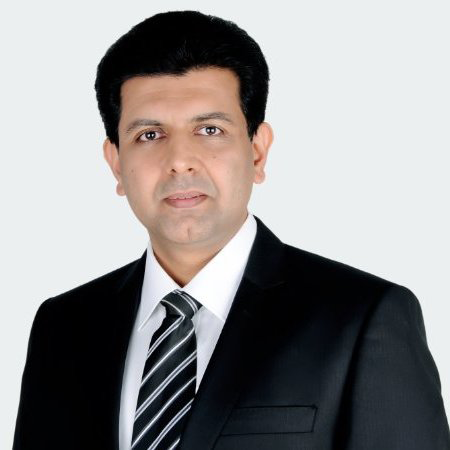
The Indian market has seen more penetration of mobile than PC and hence mobile platform becomes a defacto channel for delivery of citizen services says Sudarshan Dharmapuri, Vice President, Product Management, IMImobile.
Please share with us the journey of IMImobile in India?
We began in 1999 with a vision to become a specialist provider of mobile data platform and solutions. We believe that the unique business proposition of mobile devices is not that they are mobile but the fact that they are data capable, making them distinct from landlines. We have built products and solutions on a robust platformalong with a go-to-market strategy for telecom providers, enterprises, media companies and government. Following a phase of platform development, our growth began from 2003-04and revenues have increased considerably in the last six years. The key to success has been our long-term vision in the space and well-timed arrival in the sector with focus laid on building core IP. Today, we have our own technology platform and have commercialized the platform through a managed services model. We strongly believe that the traditional model of software license sales is no longer appropriate for a software intensive and rapidly evolving space. In the current scenario, technology is all about mobile, cloud and social. And, today, we need a model in which customers are not spending huge amount of money upfront. So we believe that a managed services model is the most appropriate and have implemented the cloud based model.

What are your views on adoption of mobile within the government sector and future of m-Governance?
Mobile Governance or popularly known as mGovernance is the delivery of government services to citizens, government officials and businesses over mobile channels. Over the last decade, several Government services have gradually been web enabled. Due to the significant penetration of mobile and easy availability of information, there is an increasing relevance for service fulfillment over mobile channels. The widespread penetration of mobile usage is making it an important medium in connecting with the remotest parts of the country for improved governance. There are three broad categories for service delivery that constitutes mobile governance – Government to Citizenservices (G2C), Government to Government services (G2G) and Citizen to Governmentservices (C2G). In case of Government to Citizen, mobile governance services provided can be both informational and interactive. In case of Government to Government, mobile governance is mainly used for internal functioning and emergency management. Lastly, Citizen to Government services is mainly for the purpose of addressing concerns and establishing a meaningful conversation with the citizens allowing for social governance.

How can social media assist the government to connect with citizens?
The role of social media is not completely explored by the government and various departments are found to be keen on gathering feedback about their services from the citizens and often end up looking for it on social media platforms. This is where our services come into action. We recently launched a social media monitoring and response platform wherein you can analyse sentiments and take action likewise. And, in the G2G space, we have done extensive field force related solutions to collate data entry points for various schemes. These then add accuracy, updates, geo-tagging of data – more credibility and transparency is achieved with these schemes as a direct benefit to the government. This is just the beginning of a trend which is leading to progressive thinking within the government.
Please share your future plans on government services?
We are working with central bodies to introduce a single technology platform with a unified and integrated approach for each department to plug-in instead of a silo approach for mobile-based services delivery. Mobile has become an indispensible part of citizen services in India. The adoption of mobile technology in the government sector is driven by a number of factors such as policies, standards, availability and costs. Governments across the world have adopted mobile for delivering citizen services. In pockets, many Government departments may be already using mobile services such as SMS Push, IVR services, WAP sites and the like. However, a concerted effort to enable services though the use of mobile to bring benefits to India is still lacking. The need of the hour is to have a common platform approach for efficient service enablement across departments and eliminate a silo approach. Currently, citizen data is in silos and there isn’t interoperability across vendors – challenges which can be overcome by establishing a unified infrastructure.
“The role of social media is not completely explored by the government and various departments are found to be keen on gathering feedback about their services from the citizens and often end up looking for it on social media platforms.”
Be a part of Elets Collaborative Initiatives. Join Us for Upcoming Events and explore business opportunities. Like us on Facebook , connect with us on LinkedIn and follow us on Twitter, Instagram.












